Discus Tank
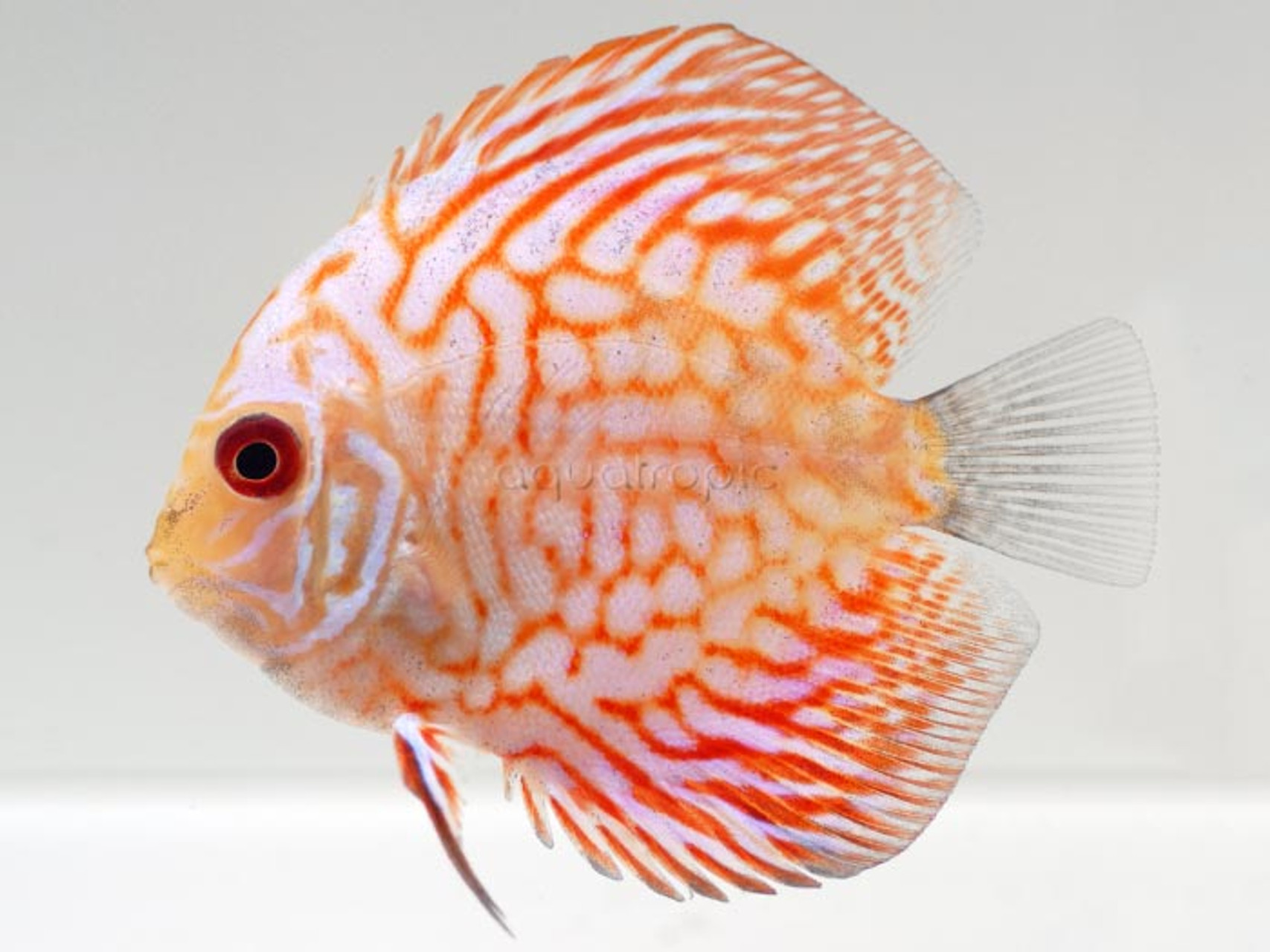
A successful discus tank is the trifecta of freshwater aquarium keeping. They incorporate aquarium plants, vibrant colors and peaceful community fish, which is the optimal aquarium to most hobbyists. However, many believe caring for discus is extremely difficult, but taking the correct steps can help make keeping discus a success! Choosing the correct tank mates are essential for the health and well being of your discus. Peaceful, schooling fish can actual help reduce a discus’ stress while making an awesome display.
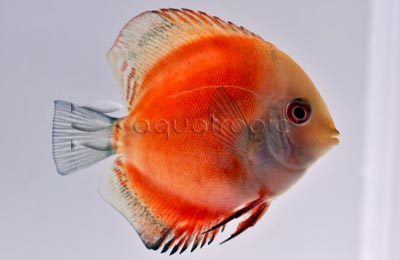
There are so many different color variants of discus available in the market. The care of the different colored discus is just about the same for all. The overall color of a discus depends on its mood and health. When they become stressed they tend to display dark vertical bars. Discus prefers warmer, softer and slightly more acidic water, especially during spawning. Be sure the current is not too strong since they are not the strongest swimmers. Be sure to add your discus last to help reduce aggression. Also adding discus that are similar in size will also help reduce aggression between discus. If there is size variations try to add the largest discus last because once they establish territories they may pick on the smaller discus. For continued health provide a varied diet of frozen bloodworms, tubiflex and discus specific pellet foods. It is important that the food remains in the water column or towards the surface, discus feeding cones can help facilitate this.
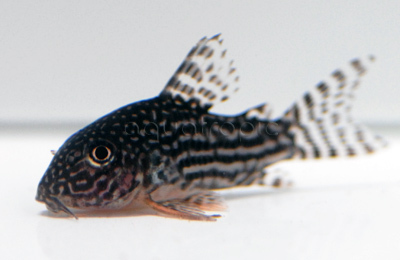
The Sterbai Cory Cat is a great cleanup crew member that does great with discus. Add a group and watch as they clean the bottom of the tank. They prefer dark soft substrate for camouflage, which also helps them sift for food. They will spend most of their time scooting across the bottom of the aquarium, but sometimes you will see them swimming in the water column. Most of their diet will come from scavenging, but supplement their diet with sinking pellets and frozen meaty foods.
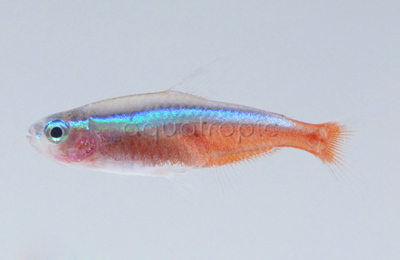
The Tank Raised Cardinal Tetra will school together to make an awesome display with the discus. Add of a group of six or more and watch as they swim throughout the aquarium. The school will actually help reduce the discus’ stress and help reduce their aggression some. These look similar to their cousin the Neon Tetra; except that the Neon has a red stripe that only runs halfway across its body. The Cardinal Tetra also prefers softer water and more acidic waters like the discus. They will accept just about any food as long as it is small enough to fit into their mouths.
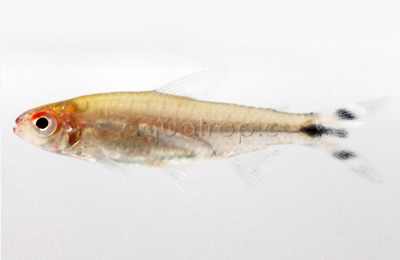
The Rummynose Tetra will also make an awesome schooling fish for a discus tank and can also be added with Cardinal Tetras. Their unique color pattern is bound to impress. This little guy is native to South America and will thrive in aquariums with plants and drift wood, which will help stimulate their natural habitat. Like the Cardinal Tetra, the Rummy Nose has very small mouths and will need pellet and flake foods small enough.
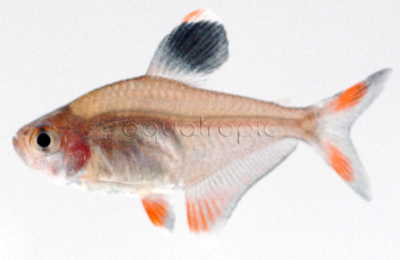
Rosy Tetra is another great schooling fish that has a larger shape and size compared to the Rummynose and Cardinal Tetra. They prefer soft substrate and driftwood in their environment because it helps mimic their natural habitat. Aquatic plants are not found in their natural habitat since they are found in faster moving rivers, but they will do just fine in planted tanks. Provide omnivore based pellets and flakes for continued health.